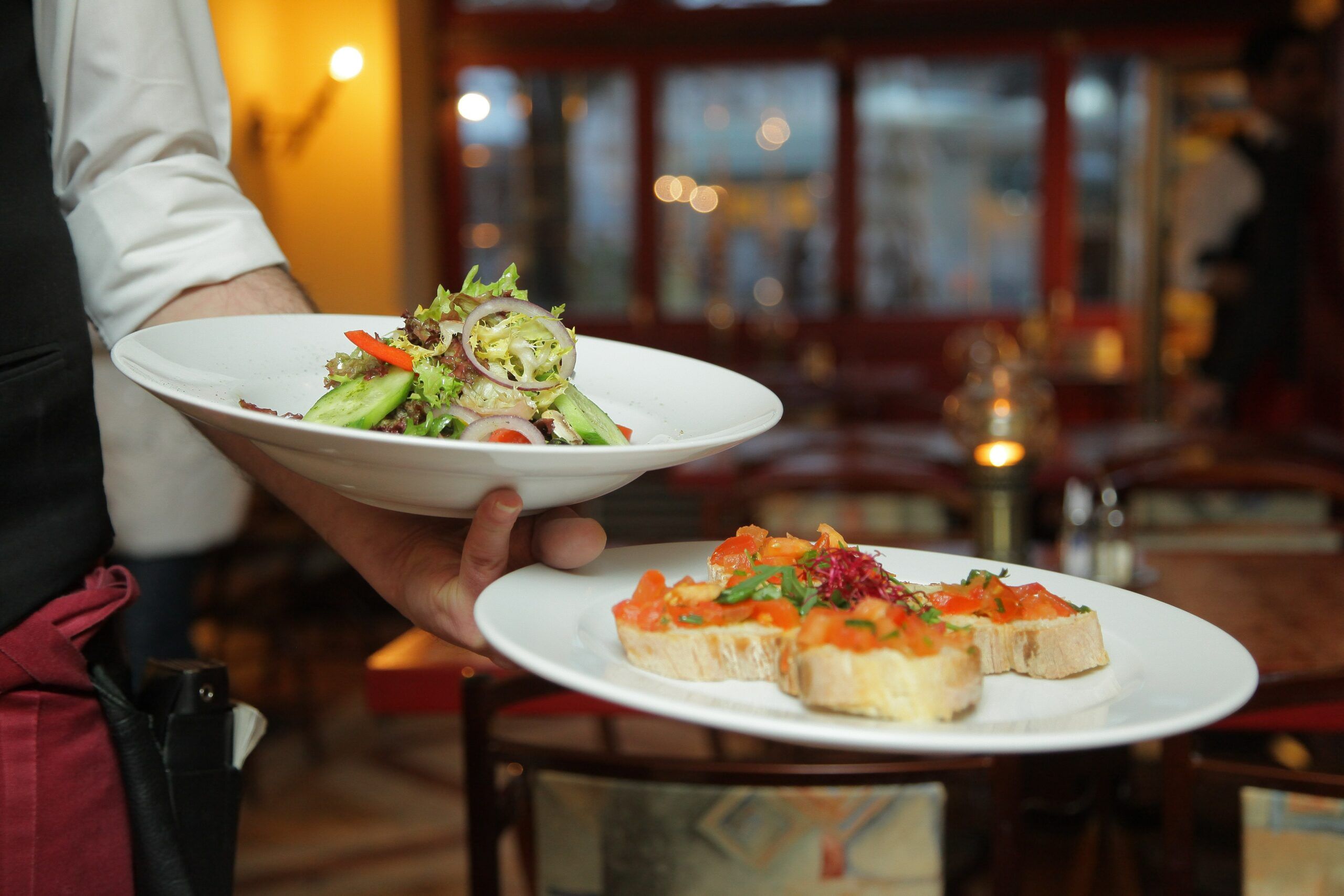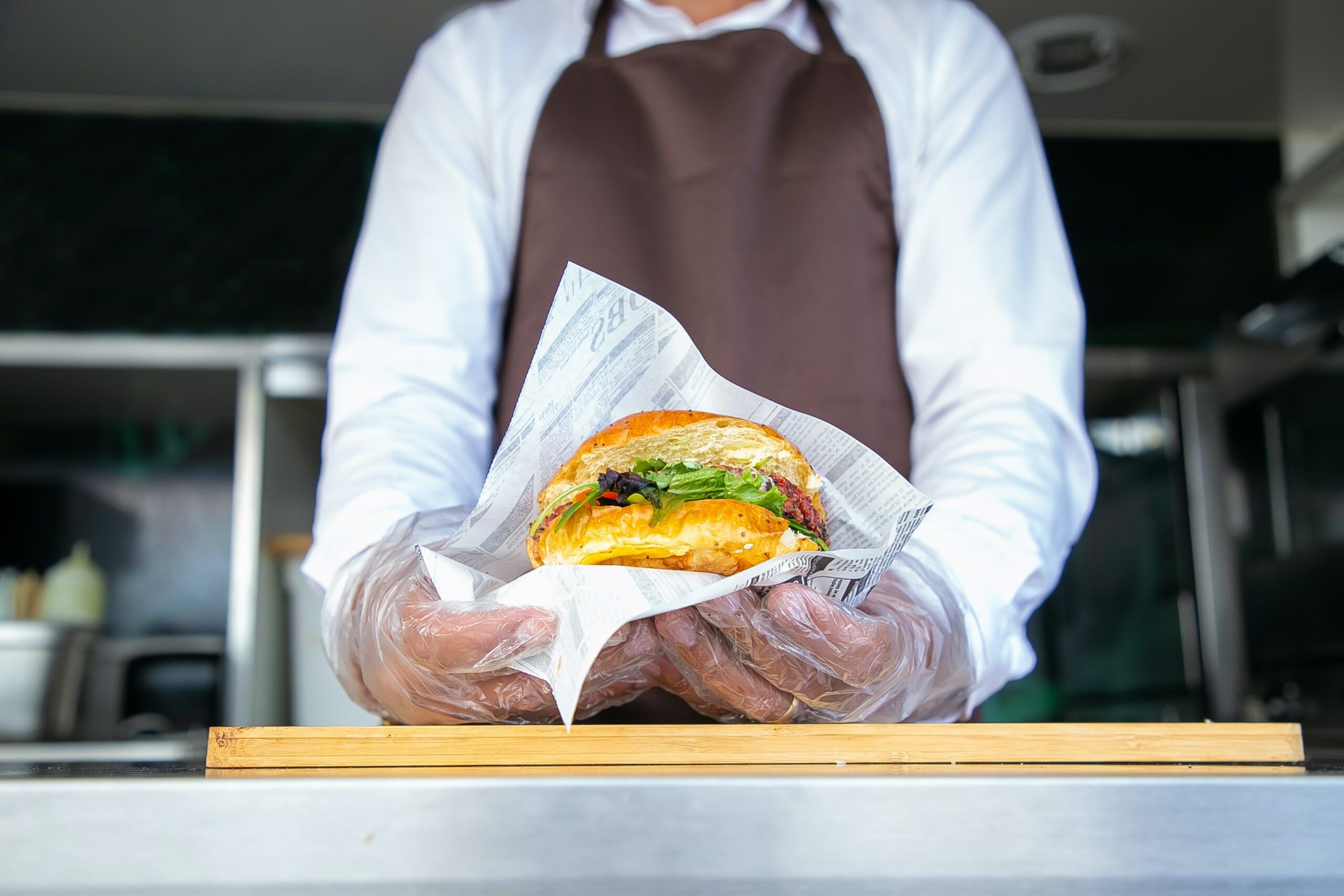If you’re an independent restaurant owner, you know the challenges of running your business. From securing financing to marketing your restaurant, there are a lot of hurdles to overcome.
But by understanding the most common challenges and implementing some practical solutions, you can make your restaurant thrive in today’s competitive landscape.
Restaurant owners are aware that every aspect of running a restaurant comes with its own set of challenges, but some are more common than others.
To help you overcome the challenges of running an independent restaurant, we’ve compiled a list of the 10 most common ones and some solutions to help you solve them.
1. Securing Financing
One of the most common challenges facing independent restaurants is securing financing. You should have at least enough money for your restaurant. Getting your restaurant off the ground or running smoothly can be challenging without a solid financial foundation.
When it comes to financing, it’s important to consider all the possible options.
In addition to traditional loans from banks or credit unions, there are many other options available, such as lines of credit, business credit cards, and private investors.
To secure the best financing for your restaurant, it’s essential to research and compare all of your options to expand your restaurant sales and control your food costs.
There are a few things you can do to overcome this challenge:
Look for alternative sources of financing:
In addition to traditional loans, look into lines of credit, business credit cards, and private investors.
Do your research:
Compare interest rates, repayment terms, and fees before choosing a financing option.
Create a detailed business plan:
A well-thought-out business plan will make it easier to get financing from banks or other lenders.
Build up your personal credit:
If you have strong personal credit, you’ll have a better chance of securing financing for your restaurant.
2. Creating a Unique Concept
In today’s competitive restaurant landscape, it’s important to have a unique concept that sets you apart from the competition.
If your restaurant is just like every other one in town, it will be hard to attract and keep customers coming back.
When brainstorming your concept, think about what makes your restaurant unique and what kind of experience you want your customers to have. Also, consider your location, your menu items, excellent customer service, and how you can use it to your advantage.
For example, if you’re located in a historic building, you could play up the old-world charm in your décor and menu.
Or, if you’re in a busy area, you could focus on quick, healthy options for people on the go.
3. Hiring and Retaining Staff
Another common challenge facing independent restaurants is hiring and retaining staff, especially a reliable manager who can help with the day-to-day operations. It can be difficult to find qualified employees and even harder to keep them long-term.
To overcome this challenge, it’s crucial to invest time and resources into recruiting and training your staff. Create a comprehensive training program that covers all the necessary skills and knowledge.
And be sure to offer competitive pay and benefits, as well as opportunities for advancement. By investing in your employees, you’ll be more likely to keep them around for the long haul in your restaurant management.
Your employees are one of your most important assets, so investing in them is crucial. By doing so, you’ll create a more positive work environment and reduce turnover.
4. Managing Costs
One of the biggest challenges facing independent restaurants is managing costs.
With rising food and labor costs, it can be difficult to keep your prices low enough to attract customers while still making a profit.
Here are a few tips to help you manage costs:
Streamline your menu:
Reduce the number of items on your menu to make it simpler and easier to execute. To do this, focus on your core offerings and get rid of anything extraneous.
Inventory management:
Keep track of your inventory and ensure you’re not over-ordering or wasting food.
Efficient kitchen:
Create a well-organized kitchen so that your staff can work efficiently and minimize food waste.
5. Marketing Your Restaurant
Another common challenge facing independent restaurants is marketing your business. With so many businesses competing for attention, it can be hard to stand out from the crowd.
To market your restaurant effectively, you need to clearly understand your target audience and what they’re looking for. Once you know who your customers are, you can create a marketing strategy to reach them.
Here are a few tips to help you market your restaurant:
Social media:
Use social media to reach your target audience and create a connection with them. Try to be active and engaging, and post relevant and interesting content.
Your Inbox, Your Rules!
Tailor your newsletter with the topics you're most interested in.
Be active in your community:
Get involved in your local community and host events at your restaurant. This is a great way to get people in the door and build brand awareness.
Create a website:
A website is a great way to showcase your menu, specials, and events. Make sure your site is user-friendly and mobile-friendly so that people can easily find what they’re looking for.
Orders.co offers your independent restaurant a simple solution to make your business practice more efficient and cost-effective.
You can easily manage your restaurant’s online ordering system with a single device and take advantage of our features like automated order confirmation, real-time order tracking, and more.
6. Dealing with Competition
Independent restaurants also have to deal with competition from larger chain restaurants. These businesses have deep pockets and can afford to offer lower prices, making it difficult for independents to compete.
To overcome this challenge, it’s essential to focus on what makes your restaurant business unique. What do you offer that the chains don’t?
By highlighting your uniqueness, you’ll be able to attract customers who are looking for something different.
You can also focus on building relationships with your customers so that they become loyal supporters of your business.
7. Staying Up-to-Date
Another challenge facing independent restaurants is staying up to date with the latest trends. With the ever-changing landscape of the restaurant industry, it cannot be easy to keep up.
We have some tips to help you stay up to date:
Stay informed:
Read industry publications and blogs to stay informed about the latest trends.
Attend trade shows:
Attend trade shows and events to network with other restaurateurs and learn about new products and services.
Talk to your customers:
Talk to your customers to find out what they’re looking for. They may have ideas that you haven’t even thought of.
8. Managing Cash Flow
Managing your cash flow is another difficulty in the list of restaurant marketing challenges for independent restaurants. Because your revenue may fluctuate from month to month, it can be problematic to keep enough cash on hand to cover your expenses.
Here are a few tips to help you manage your cash flow:
Create a budget:
By creating a budget, you’ll better understand where your money is going and where you can cut costs.
Forecast your sales:
Try to predict your sales for the upcoming month to better understand how much cash you’ll need on hand.
Get creative with financing:
There are many creative financing options available for small businesses. Consider using one of these options to help you manage your cash flow.
9. Navigating the Regulatory Environment
Independent restaurants also have to navigate the regulatory environment. There are some laws and regulations that restaurants must comply with, and it can be challenging to keep up with all of the changes.
To stay compliant, it’s important to understand the regulations that apply to your business. It would help if you also created policies and procedures to ensure that your employees follow the rules. If you’re unsure where to start, you can consult with an attorney or other legal expert.
10. Dealing with Suppliers
Dealing with suppliers sometimes is challenging for independent restaurants.
Because you’re not part of a chain, you may not have the same buying power as larger businesses. This can make it difficult to get the supplies you need at a reasonable price.
To overcome this challenge, it’s crucial to build relationships with your suppliers. By doing so, you’ll be able to negotiate better terms and get the supplies you need at a fair price for both parties.
While there are many challenges that independent restaurants face, there are also some ways to overcome them.
By focusing on your unique selling proposition, building relationships with your customers, and staying up to date with the latest trends, you can succeed in the competitive restaurant industry.
The restaurant industry is constantly changing, and many restaurants face a number of challenges. By being aware of these challenges and taking steps to overcome them, you’ll be in a better position to succeed.
Remember to focus on what makes your restaurant unique and build strong relationships with your customers and employees.



